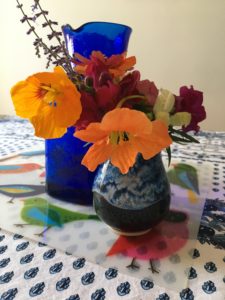
Photo: Mary van Balen
Originally published in The Catholic Times, April 8, 2018
After the Resurrection, Jesus appeared over and over again to those who were closest to him. The gospel readings this week and through Sunday tell the stories. The women were the first to see him.
In Matthew’s gospel Mary Magdalene and Mary the mother of James and John walked in the early morning to the tomb. They were the brave ones who watched the angel appear like lightening, roll back the stone, and sit on it, frightening the Roman guards into a death-like stupor. They listened to the angel and hurried to tell the disciples what they had seen and heard. On their way, Jesus appeared to them, calmed their fears, and told them to instruct the disciples to meet him in Galilee.
In Luke’s gospel, the women were again the first at the tomb. They saw it was empty and spoke to the messengers of God about what had happened. The women told Simon and John who thought their story was nonsense, though Peter went to check it out and saw the empty tomb just as the women had reported.
In John’s gospel, Mary Magdalene walked to the tomb alone, and seeing it was empty hurried to tell Peter and John. They ran to the tomb and saw it was as Mary had described. John noticed the neatly folded cloth that had covered Jesus’ face and believed. The men returned home, but Mary remained, weeping in her grief. She entered the tomb, spoke with the angels who appeared to her, and then turned around. She saw Jesus, though she didn’t recognize him until he called her name. He instructed her to tell the others that she had seen him and to share what he had said to her. Mary was the first entrusted with the Good news of the resurrection. The first to proclaim it to the others.
Jesus continued to appear to his disciples. He walked with two travelers on the road to Emmaus who didn’t recognize him until they broke bread together.
He appeared on the shore of the Sea of Tiberias where some of his disciples had been fishing all night, to no avail. His instructions led them to an extravagant catch, and they shared breakfast on the beach. Jesus moved through locked doors where his followers were gathered in fear and confusion. He blessed them with peace and breathed the Spirit into them with his own breath. He ate with them, showed them his wounds, and later invited Thomas to put his fingers into them so he would believe.
Who do you identify with as you ponder these different accounts? Mary Magdalene who recognized Jesus when he called her name? The brave women, fearful yet persistent as they watched the angels and then met Jesus while on their way to tell the others? Or are you more a skeptical Peter and John? Disciples who just couldn’t fathom the truth of what was being said? Would you recognize the risen Jesus or think he was a ghost? Or maybe you’d be a Thomas who needed physical proof before he’d believe.
We have the advantage of hindsight. I’d like to imagine I’d be like the brave women, bearing the light of angels, listening through my fear, and proclaiming the resurrection. I’m not so sure. I would more likely have been found behind locked doors worrying about what was next.
Reflecting on these readings and placing ourselves in the scenes can be a good meditation but pondering where we encounter the suffering and the risen Christ today in our world is also important. Do we recognize the Divine in others? What opens our eyes? Do we see the wounds of Jesus in the wounds of others? In ourselves? When we do see, how do we respond?
What we celebrate is not simply history. Easter is not only an event. It is a way of living. It is Divine activity that reverberates through time and space and all creation. And we are part of it.
We are called to follow Jesus’s example in our world. To stand with the suffering. To embrace hurt and woundedness in others and in ourselves with God’s transforming love.
Jesus was murdered because he was faithful to being the Love of God on a planet that just couldn’t handle it. But that wasn’t the end of the story. Love is dangerous. It is hard. But in the end, it prevails!
Blessed Eastering!
© 2018 Mary van Balen


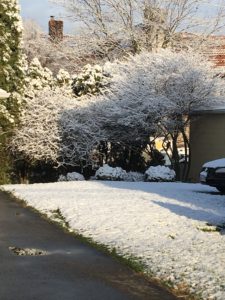 Yes, as the rain and the snow come down from the heavens and do not return without watering the earth,
Yes, as the rain and the snow come down from the heavens and do not return without watering the earth, 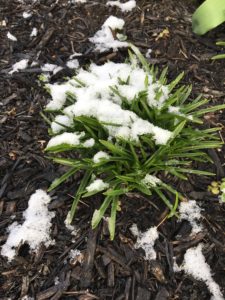
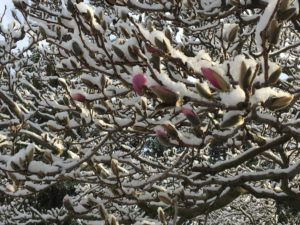 making it yield and giving growth to provide seed for the sower and bread for the eating,
making it yield and giving growth to provide seed for the sower and bread for the eating,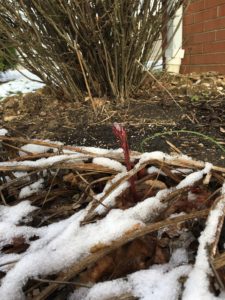
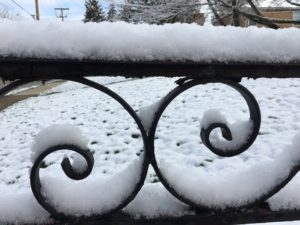
 without carrying out my will and succeeding in what it was sent to do. Isaiah 55, 10-11
without carrying out my will and succeeding in what it was sent to do. Isaiah 55, 10-11







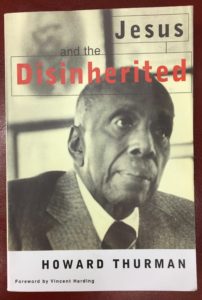 The reading from Mark’s gospel about the Gentile woman’s request for Jesus to heal her daughter possessed by a demon is one of my favorites. Jesus had slipped away from the crowds, but the woman found him and threw herself at his feet, asking for help. When Jesus answered that the children must be fed first (a reference to the Jews) and that it would not be right to throw their food to the dogs, she was undeterred. Her faith was more expansive than that, and she told Jesus so. “Even the dogs under the table eat the children’s scraps.”
The reading from Mark’s gospel about the Gentile woman’s request for Jesus to heal her daughter possessed by a demon is one of my favorites. Jesus had slipped away from the crowds, but the woman found him and threw herself at his feet, asking for help. When Jesus answered that the children must be fed first (a reference to the Jews) and that it would not be right to throw their food to the dogs, she was undeterred. Her faith was more expansive than that, and she told Jesus so. “Even the dogs under the table eat the children’s scraps.”
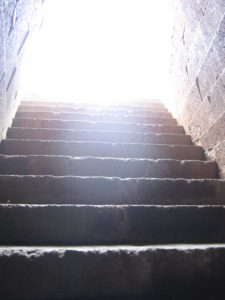
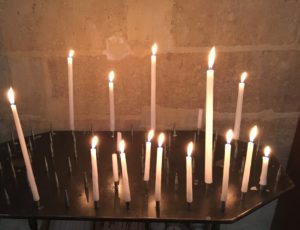
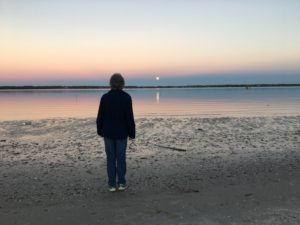


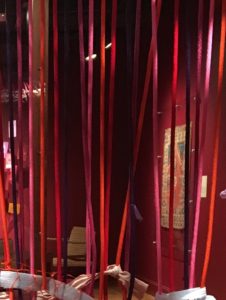
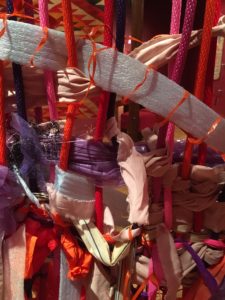
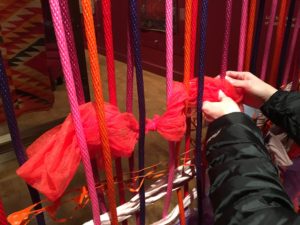

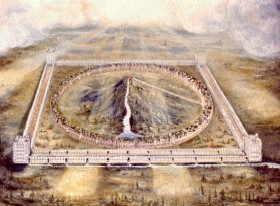


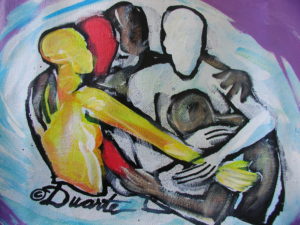

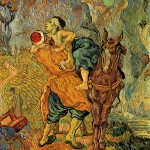
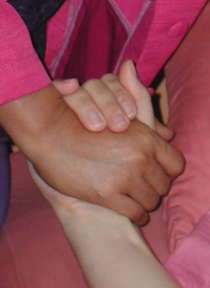 I heard him say that whatever we do to the least among us, we do to him. And when it came right down to it, when someone asked him what was most important, he had two things to say: Love God. Love your neighbor as yourself.
I heard him say that whatever we do to the least among us, we do to him. And when it came right down to it, when someone asked him what was most important, he had two things to say: Love God. Love your neighbor as yourself.